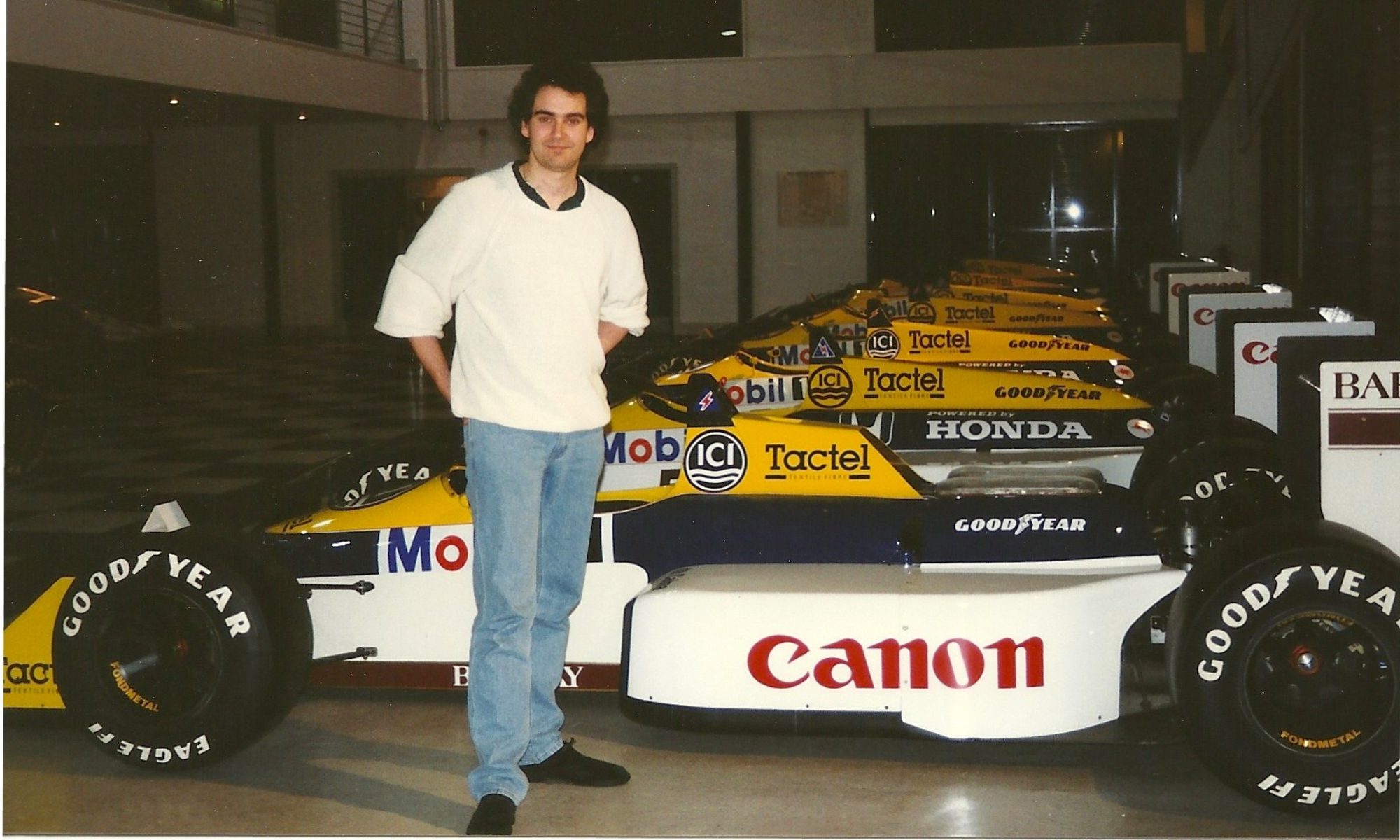This was the second of my two trips around Parliament today. The first, The State Apartments Of Speaker’s House Tour I completed in the morning and at 3 pm I joined 11 others to climb the 334 steps up to Big Ben.
The tower, officially called the Elizabeth Tower after it was renamined from the Clock Tower in 2012, but, of course, everyone knows it as Big Ben. The nickname is actually that of the main bell in the tower and is named after Sir Benjamin Hall the MP that oversaw the installation of the bells.
The tower has recently undergone a £85M refurbishment and the first thing that hits you when you enter the tower is the smell of fresh cement and paint. The refurbishment was carried out as it was in need of some serious maintenance and as part of this a decision was taken to put it back to how it would have looked in Victorian times. This meant a milk chocolate brown paint on the walls that had to be applied by brush alone as Victorians didn’t use rollers and LEDs that light the clock faces at night a mix of white and green to give a clotted cream colour that mimics the gas lighting that would have originally have been used.
Clock Mechamism Room
We climbed 160 steps of the spiral staircase before we were taken to a room where we could have a sit down and listen to a very informative talk by the guide who was constantly checking her stopwatch. Then we were up again and our next stop was to the clock mechanism room. The clock was installed in 1859, the result of another tender process which stated that the clock be accurate to within one second a day. The clock remains exactly as it was when it was first installed and it is entirely weight driven – all energy comes from the weights, no electricity here.
The necessity for the stopwatch became clear here as we were told we would hear a loud click at two minutes for each quarter hour which acts as a warning for those might be working on the clock. Then the weight drops and all hell lets loose as barrels turn and large windmills spin to regulate the speed while the bells further up the tower chime. For the first 50 years the weights were pulled up by hand and then an auto winder was installed. This is still used today.
The accuracy of the clock is managed by the same way it has been for all the years it has been installed. Pre-decimal pennies are placed on top of the 4.2m pendulum. Adding or removing a penny can change the timing by 2/5th of a second over a 24 hour period. This is regularly checked and changed depending on the barometric pressure.
Big Ben
Up just a few more steps takes you out into the fresh air and the four bells that toll the Westminster Chimes (fun fact they are actually the Cambridge Quarters and nicked!) and one for the hour chimes. Big Ben is the bell that tolls the hour and is actually the second bell to fulfil this job. The first cracked when hit by the weight and so had to be replaced. The second bell, made at the Westminster Bell Foundry, weighed 13.5 tonnes and was pulled up the 62m to its position by eight men. It took them what must have been a grueling 32 hours.
I have never been on a tour when timing was so important. Having left Westminster Hall at 3 pm we were stood in front of the bells just before 4 pm. We put in our our ear plugs (included in your £25 entrance fee) and watched just a metre in front of me as the hammer hit the bell four times. Not only could I see and hear it but feel it in the metal structure I had my hand on too.
The Clock Faces
Then we started our decent and stopped off behind the clock faces themselves. Here all the glass has been replaced and even though the faces are 60m up the replacement glass still was hand-blown as that is what the Victorians had used. The only difference this time was that they had to be produced in Germany as that skill no longer exists in the UK. We were lucky that the sun was shining as you could clearly see the hands on the other side of the frosted glass.
Then we were making our way back down the remaining steps, with a pause once more half way down. We were a reasonably fit group but the guide implied that this wasn’t always the case and you can imagine the rest might be needed. We were back in Westminster Hall at 16:30 on the dot.
Like the Speaker’s House tour in the morning cameras weren’t allowed. In fact, in this case, you were made to lock them away in the lockers provided before making the ascent. Again, the reason given was “security” but a much more credible reason would be “timing”. Given that you have to be in certain places at specific times having people stopping to take snaps would jeopardise that so I was ok with it.
All in all it was a really impressive tour and an opportunity to visit an iconic place which I shall remember for a very long time.


